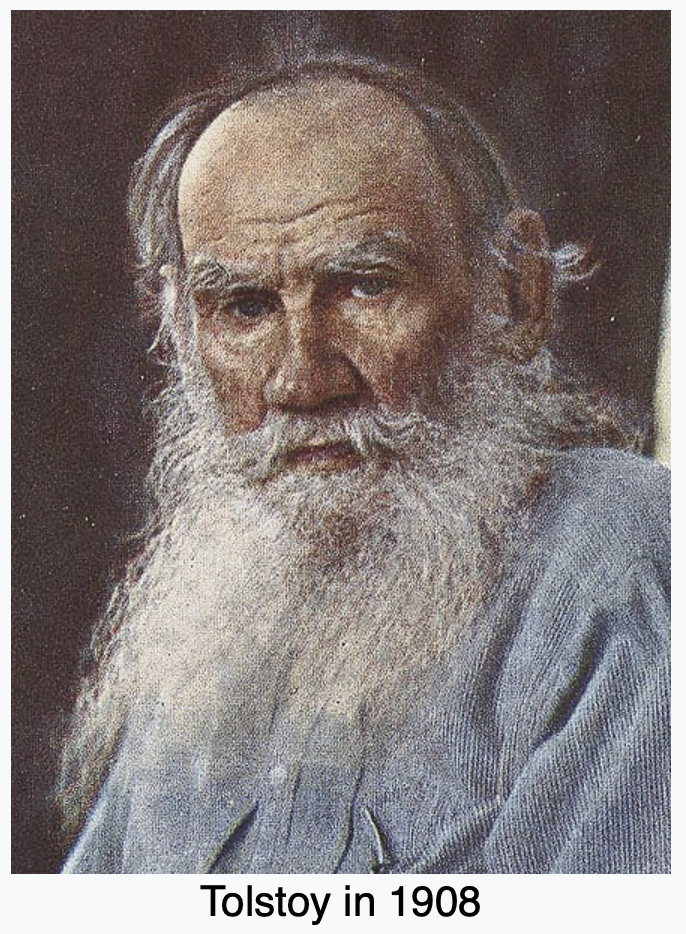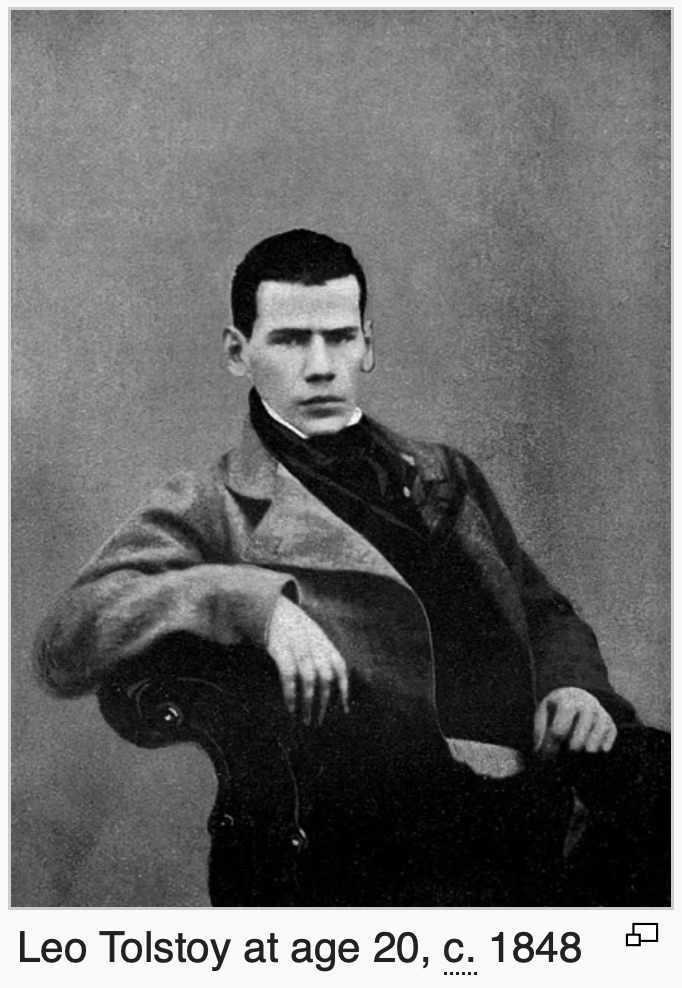Yosemite and Beyond: One Teacher’s Enduring Impact
By Charlie Solares
My High School Years: Discovering a Mentor
Toby Manzanares became a significant influence in my life during high school. He taught at Schurr High School in Montebello, a large school with a diverse student body, ranging from lower socio-economic backgrounds to upper-middle class. Despite these differences, Toby
stood out as a beacon of hope and inspiration, connecting with students from all walks of life. His ability to engage us, regardless of our backgrounds, made him a standout in that era, one of best teachers I've ever had.
Reaching the Unreachable: Toby’s Unique Approach
During my time with Toby, I noticed his extraordinary ability to connect with students who were often considered unreachable. I wasn’t one of the "tough kids"—I was an athlete, involved in sports and student government, pretty straight and narrow. But there were others, kids who smoked, ditched school, and were on the edge of gang life. Somehow, Toby managed to bring these kids into the fold, getting them to not only participate but excel. In his class, students who
might have failed elsewhere were pulling out A’s and B’s. He made learning fun and engaging.
A Lesson in Leadership: How Toby Inspired vs Domineered
What fascinated me was how Toby managed to reach these kids. He wasn’t confrontational; he was calm and cool, never using his authority to dominate. Instead, he built relationships with his students, understanding where they were coming from and meeting them where they were. If someone was late, he didn’t make a big deal out of it, but he inspired them to put in the work. And when the tougher kids saw that even the "badass" Mario was paying attention and getting his act together, it set a tone for the rest of us. Toby had a way of drawing out the best in people.
Yosemite: A Journey Beyond the Classroom
One of the most impactful experiences with Toby was a trip he organized to Yosemite National Park. This wasn’t just a trip; it was an immersion into one of the most stunning landscapes on Earth—a place where a giant glacier carved out the Yosemite Valley, leaving behind a breathtaking environment that would become the classroom for a group of high school students. We were a diverse bunch from East LA, Montebello, and Monterey Park—places where suburban life blends with the edges of inner-city realities. But in Yosemite, those differences faded away, replaced by awe at the natural beauty around us.
The Yosemite Experience: Falling in Love with Nature
That Yosemite trip was transformative, deepening my love for nature and opening my eyes to the world beyond the city. To this day I carry a life-long love of nature, which he helped ignite the flame for. Toby had prepared a handbook for us, filled with places to journal, inspiring quotes, stories, and transformational songs like "Let it Be" and "Imagine."
We sang songs around the campfire . We hiked through stunning landscapes, and learned about ecology and geology from a man who saw nature as the most beautiful classroom. These weren’t just activities; they were tools that connected us more deeply to the experience and to each other.
Nature's Resilience: A Metaphor for Life
One moment from that trip perfectly captures the essence of what Toby taught us. As we hiked along a cliffside, we marveled at the boulders and rocks shaped by an ancient glacier. Out of the cracks in the granite, we witnessed something extraordinary—trees growing in what seemed like impossible conditions. Despite the lack of visible soil, these trees found a way to take root, embedding themselves into the rock and flourishing against all odds. That image became a powerful metaphor for me, symbolizing the resilience of young people nurtured by teachers like Toby. He cultivated his students into bright, successful graduates, much like those trees thriving in the most challenging environments. In places like LA, San Francisco, and Dallas, where opportunities for growth and learning are scarce, teachers like Toby make all the difference. Like those trees, some students manage to thrive despite the odds. Toby was the gardener of our lives, guiding us to find our footing in the toughest of places. His influence was nothing short of magical—a gift from God that he shared with countless students.
Humor in the Classroom: High Vibes and Learning
In the classroom, Toby had a unique talent for making learning enjoyable. Humor was one of his gifts—he was always ready with a joke or a light-hearted comment to keep the mood uplifting.
Few teachers truly grasp the importance of fun in creating a positive learning environment, but Toby understood it well. As Einstein once said, "People rarely learn, unless they’re having fun." Toby didn’t just make us laugh; he created an atmosphere where learning was a joy. His classroom was alive with laughter and high energy, a place where we were fully engaged and fascinated by everything from astronomy to Egyptian culture. Toby’s own curiosity and zest for life were infectious, and we couldn’t help but catch that spark.
The Gentle Art of Discipline: Toby’s Approach
Discipline in Toby’s classroom was never harsh or shaming. He had a gentle approach, letting students know when they were crossing a line, but always in a way that was respectful and private. If someone was disrupting the class, he would pull them aside and explain how their
behavior was affecting the group. Most of the time, that was enough. The student would get it, and things would settle down. It’s as the wise sages say: “Without a vision people perish.” Toby’s method made everyone feel included and respected, a part of something bigger than
themselves. This kept them in school and engaged as students.
Lessons for Today’s Educators: Toby’s Influence on Teaching
Toby’s approach to teaching left a lasting impression on me, especially when I became a substitute teacher in the inner city.
The kids there could be tough, especially when they saw a young, baby-faced teacher like me. But I took a page out of Toby’s book, staying calm and respectful, treating the students with the same kind of dignity Toby showed us. It worked. Even in the most challenging environments, I found that students responded positively when they were treated fairly and with care.
Mentorship Beyond the Classroom: A Lifelong Influence
Toby was a significant influence on me, but he wasn’t the only one. I was fortunate to have other mentors—my uncles, my grandfather—who guided me along the way. But Toby was part of a lineage of mentors who shaped my life. I had an uncle named Wayne Healy, a renowned artist, and I worked in his studio as a young man. I also worked with my grandfather, who was a lawyer and a judge. These experiences, combined with Toby’s influence, gave me a strong
foundation. Toby was one of those mentors who, through his example, taught me lessons that would last a lifetime.
A Testament to Toby: A Teacher Who Changed So Many Lives
I wish to impress upon you the reader, that Toby Manzanares wasn’t just a teacher; he was a guide, a mentor, and a friend who changed the lives of countless students. He showed us that learning could be an adventure, that education could go beyond the walls of a classroom and into the heart of nature, music, and life itself.
His legacy was one of kindness, wisdom, and inspiration—a testament to “The Power of One” teacher to make all the difference. Toby didn’t have to go the extra mile, but he did, and in doing so, he changed the world for the better. As Gandhi said, "Be the change you want to see in the world," and Toby embodied that every day. He didn’t just teach subjects—he taught us how to think critically, resolve conflicts,
and respect one another despite our differences. In a country struggling with racial tensions, conflict, and division, the lessons Toby imparted are more crucial than ever.
Why America Desperately Needs More Teachers Like Toby
Imagine if the United States had more teachers like Toby, educators who instilled values of empathy, understanding, and resilience. Perhaps the societal fractures we see today—racial discord, political polarization, and a lack of civil discourse—could be healed or even prevented.
Quality education, the kind that Toby provided, goes beyond academics. It’s about equipping students with the tools to navigate life’s challenges, see beyond superficial differences, and work toward a common good. The absence of educators like Toby has left a void, contributing to many of the systemic issues we face today.
Had there been more teachers like Toby, who went beyond the curriculum to teach life skills and foster shared humanity, we might see a more united nation, capable of addressing its problems with wisdom and grace. Toby’s influence reminds us that education is the foundation of a healthy society, and if more followed his example, it could transform not just lives but the very fabric of our nation.
Toby’s Life Is His Message
As I reflect on his impact, I’m reminded of a story about Gandhi. As he was about to leave on a train, someone ran up to him, handed him a notebook and a pen, and asked, "Write your message to the people." Gandhi simply wrote, "My life is my message." In many ways, Toby’s life was his message too —a message of hope, resilience, and the profound impact one person can have on the lives of others.













